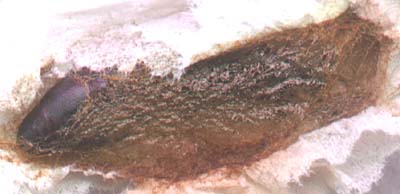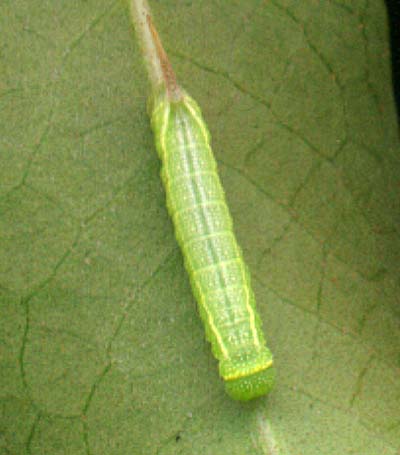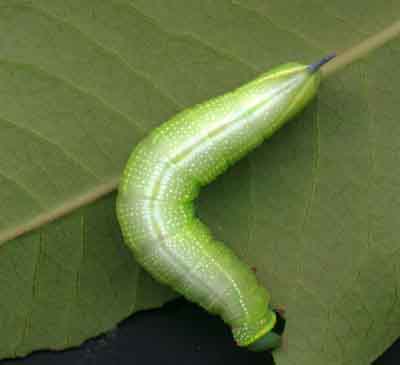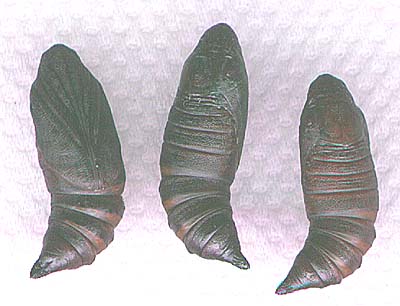
Hemaris thysbe photo courtesy of Praveen Mutalik
This site has been created by
Bill Oehlke at oehlkew@islandtelecom.com
Comments, suggestions and/or additional information are welcomed by Bill.
TAXONOMY:Family: Sphingidae |
MIDI MUSICcopyright C. Odenkirk ON.OFF |





